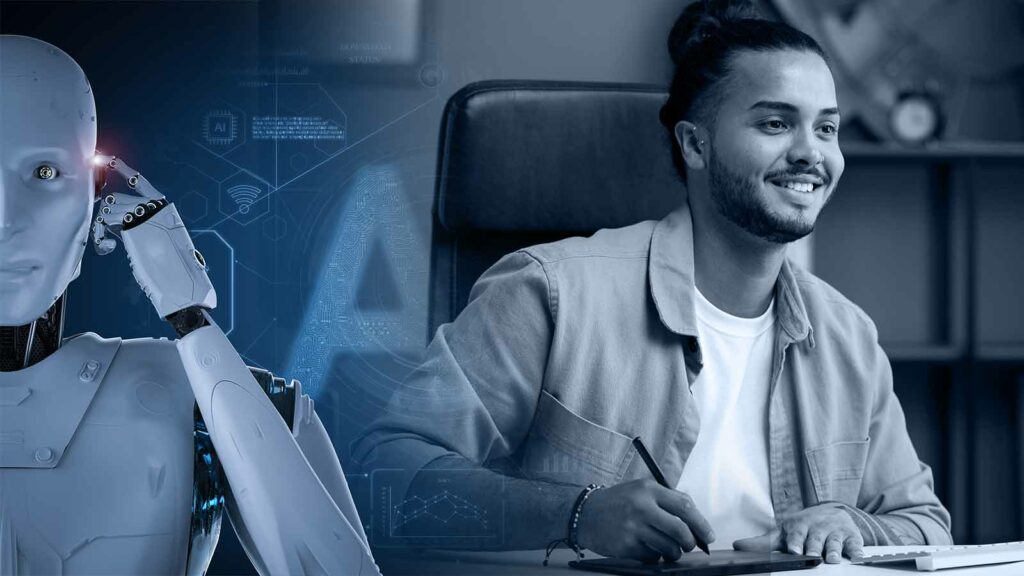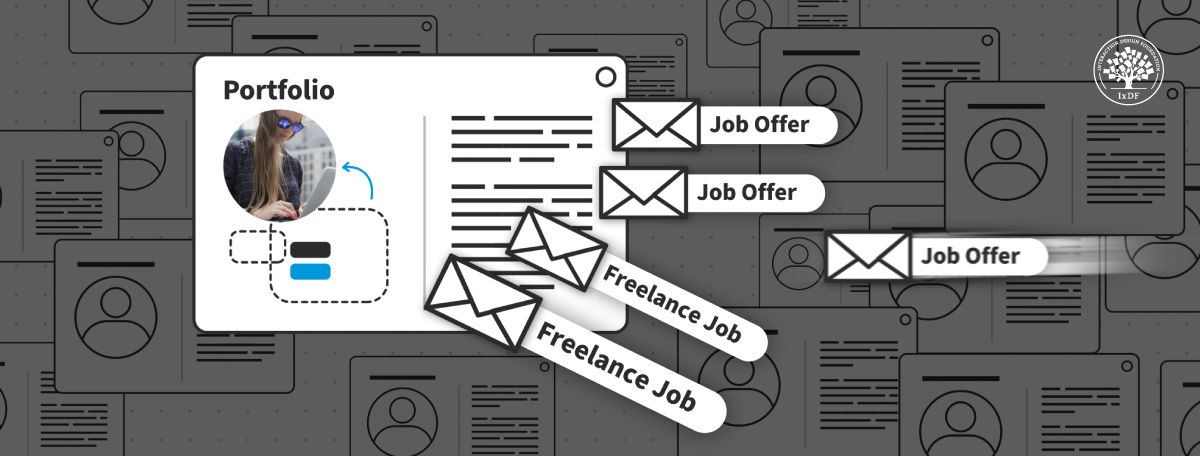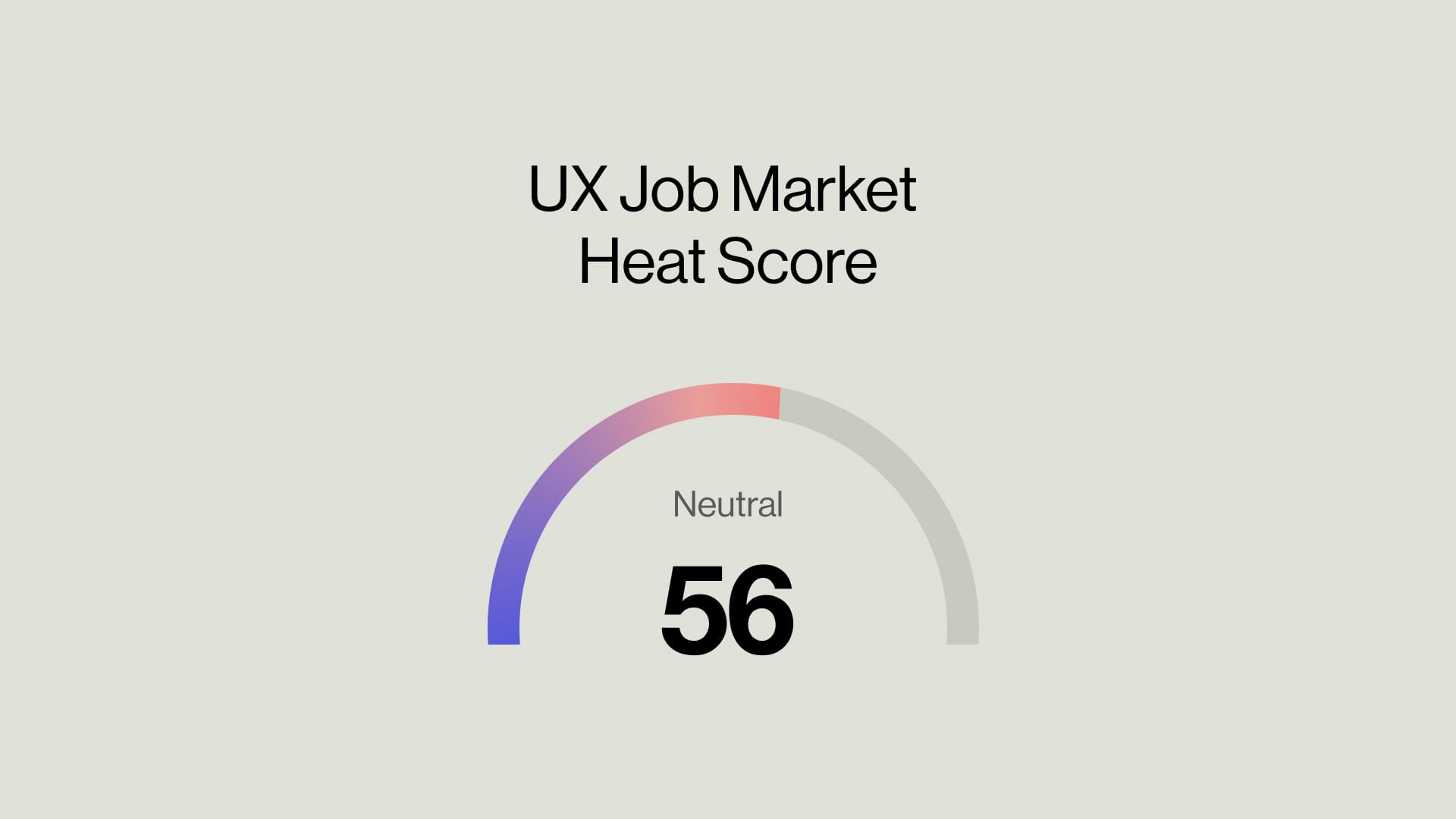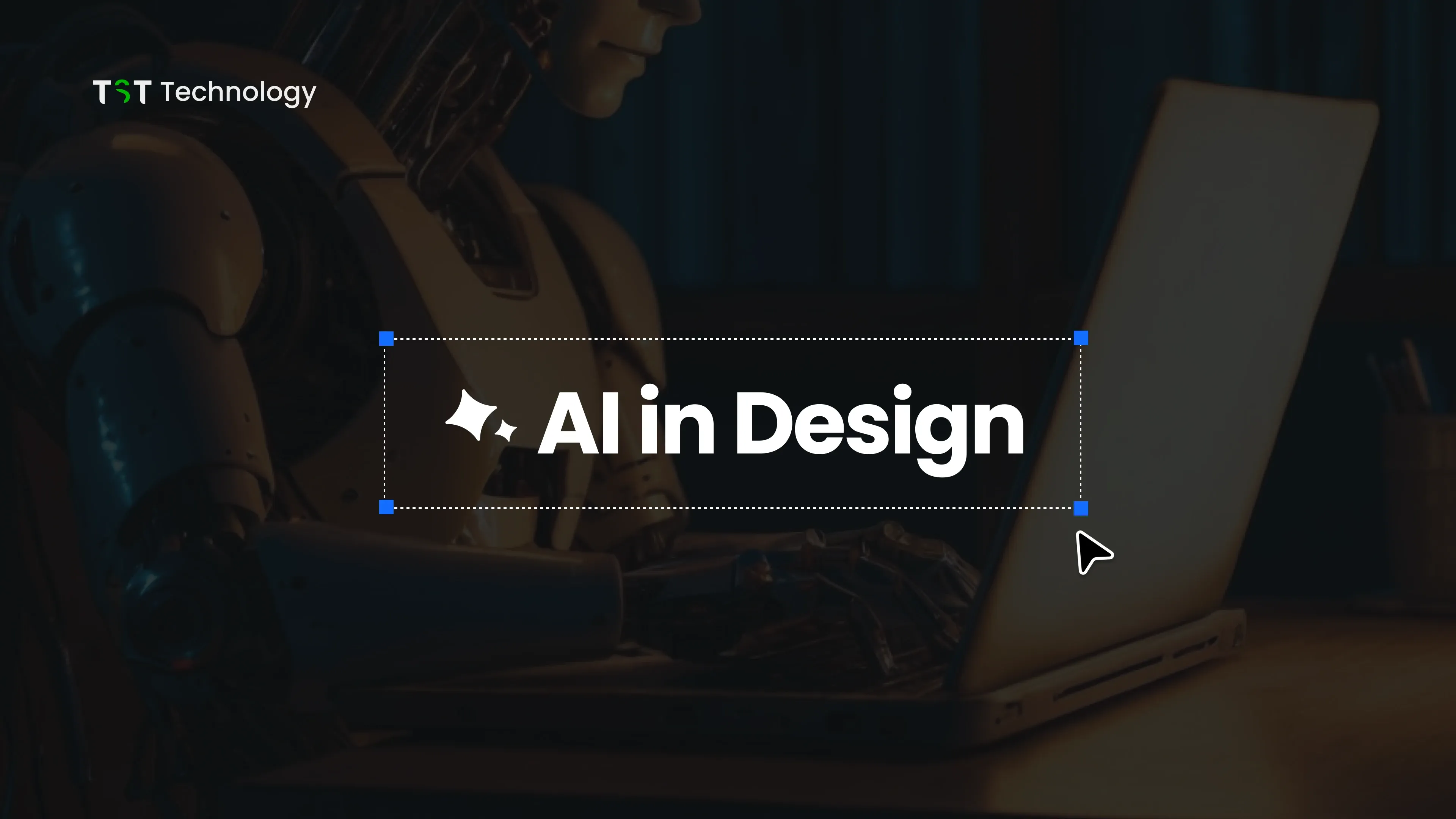In a world where machines can create art and write code, the big question arises: Will AI replace UI Designers? This post explores the evolving role of UI Designers in an AI-driven landscape, examining both the opportunities and challenges that lie ahead.
We'll dive into key aspects like what AI can handle, which design tasks still need a human touch, and how UI Designers can adapt to remain valuable. By the end of this article, you'll have a clearer understanding of the future of UI design and your place in it.
Table of contents
The Designer's Take: AI - Threat or Tool?
The design community is buzzing, and opinions on AI replacing UI roles are quite varied. Many designers initially experienced anxiety, questioning their career path with AI's rapid advancements [Source 1]. However, a broad consensus suggests AI isn't a direct replacement but rather a powerful assistant [Source 5, Source 7]. Instead of fearing it, many now see AI as an opportunity to supercharge creativity and streamline workflows [Source 10].

Credits: Oyolloo.com
Interestingly, perspectives often differ across experience levels. Junior designers sometimes express more anxiety about job security, while senior designers tend to view AI as a strategic partner that enhances their work [Source 2]. AI is automating many production-oriented tasks like wireframing and layout generation, prompting a shift in required skills for designers to focus on problem-solving and strategy [Source 9, Source 7]. This evolution means designers must adapt and leverage AI tools to stay ahead.
What Aspects of UI Designer Jobs Are AI Replacing?
Artificial intelligence is transforming UI design by automating tasks that previously required manual effort. For example, AI can speed up the prototyping process by generating layouts from sketches, thus reducing the time designers spend on initial designs. AI's ability to detect and fix design flaws ensures that user interfaces meet industry standards, minimizing the need for repeated manual checks.

Credits: Interaction Design Foundation
AI also enhances UI design by handling user testing and feedback analysis. According to a study on generative AI applications, AI tools can efficiently analyze user interactions, providing valuable insights for design improvements. Additionally, AI can personalize user interfaces by adapting them to individual user preferences, creating tailored user experiences without constant designer intervention.
Despite AI's growing role, the creative and strategic aspects of UI design still require human expertise. AI may streamline the creation of design portfolios by managing tedious tasks, but designers remain crucial for crafting unique experiences that resonate with users. Integrating AI into design workflows allows designers to focus on creative problem-solving while leaving repetitive tasks to technology.
What parts of UI Designer AI cannot replace
While AI can automate many technical aspects of UI design, there are key areas where human designers remain irreplaceable. According to a webinar by Rafael Hernandez, critical thinking and creativity are essential skills that AI lacks. Human designers use empathy to analyze and solve complex problems, understanding user needs in a way that AI cannot.

Credits: Interaction Design Foundation
Another key aspect is the unique human ability to interpret non-verbal cues and craft emotionally resonant experiences. As noted in a LinkedIn article by Dawn Ressel, empathy and creative problem-solving are distinctly human traits that AI cannot replicate. Designers are adept at defining complex problems and creating innovative solutions that align with a company's strategic vision.
Moreover, AI lacks the discernment and taste required to make intentional design decisions. According to a UX Collective article, human designers infuse their work with creativity and emotional intelligence. This ability to connect with users on an emotional level ensures that designers will continue to play an essential role in crafting meaningful user experiences.
UI Designer Evolution in the AI Era
AI is reshaping the UI Designer role, shifting focus from pure execution to strategic oversight. Designers will leverage AI for repetitive tactical tasks, like organizing data or generating mockups, freeing them to concentrate on higher-level thinking. This means moving from being a "maker" to becoming a "director" or "curator" of design, guiding AI output against strategic goals and user needs, as highlighted by Salesforce's research.
To adapt, UI Designers must learn new skills. Familiarize yourself with AI tools that streamline workflows, and master prompt writing to get the best out of these applications, as discussed by Salesforce. Develop a sharp eye to scrutinize AI outputs, balancing trust with critical judgment, as recommended in NNGroup's insights. Continuous learning and community engagement are key to staying current.
Current Job Market Trends for UI Designers in the US
The job market for UI Designers in the US presents a fascinating picture, blending high demand with increasing competition. Platforms like LinkedIn currently show over 36,000 User Interface Design jobs available, with thousands posted in the last month alone. However, recent analysis indicates a broader slowdown in UX hiring, coupled with layoffs, making the market quite selective, especially for junior roles.

Credits: Adam Perlis
Even with these shifts, the demand for skilled UI Designers remains strong across various experience levels, from internships to mid-senior positions. Major cities like New York, San Francisco, and Seattle frequently have numerous openings, and salaries often range from $60,000 to over $120,000. To stand out, designers should focus on showcasing their ability to drive business outcomes and adapt to new technologies, such as AI integration, as highlighted in a Q1 2025 market analysis.
Is UI Designer AI safe?
The role of a UI designer is not at significant risk of being fully overtaken by AI. While tools like Figma AI and other generative design systems can automate routine tasks, they can't replicate the creativity, empathy, and nuanced understanding required for effective UI design. According to experts, tasks like user empathy mapping, complex problem-solving, and strategic thinking will still require the unique touch of a human designer.
AI will streamline workflows, allowing designers to focus more on creative and strategic aspects of their work. As discussed in this analysis, while automation will enhance efficiency, it also means designers must adapt by integrating AI tools into their processes rather than seeing them as threats. The consensus is clear: AI can enhance the role of UI designers, but it won't replace them outright.
Hiring a UI Designer? Here's what to look for
When hiring a UI Designer, focus on candidates who can blend creativity with technical skills. Look for proficiency in design tools like Figma and Adobe XD, but don't overlook soft skills like storytelling and collaboration. These traits are vital as designers need to communicate their ideas effectively and work well in teams. A portfolio showcasing user-centered design and adaptability to feedback is a great indicator of potential.
In today's fast-paced digital landscape, AI literacy is becoming increasingly important for UI Designers. Candidates should be fluent in using AI tools for design, which can greatly enhance their efficiency and creativity. Using Adaface's UI/UX Design Test helps assess candidates on key principles of design and user experience, providing a solid foundation for your hiring decisions. Additionally, the Prompt Engineering Test and Generative AI Test can help gauge a candidate's adaptability to AI-driven processes.
Prompt Engineering Test
Generative AI Test
UI/UX Design Test
Why the Future Looks Bright for UI Designers Embracing AI
As AI continues to shape the design landscape, it's ushering in a new era of creativity and efficiency for UI designers. Imagine spending less time on repetitive tasks and gaining more freedom to innovate—AI makes this possible by automating mundane processes like layout generation and color palette suggestions. According to TST Technology, AI enhances design efficiency, allowing designers to focus on creative and strategic aspects of their work.

Credits: TST Technology
For those hiring, AI serves as a catalyst for unlocking talent potential. It empowers designers to harness data-driven insights, leading to better user experiences and more tailored designs. As highlighted in Loop11, AI tools can rapidly prototype and personalize user interfaces, adding value to the design process. The integration of AI not only elevates design but also enhances team collaboration and innovation.
Looking ahead, the future is promising for both current designers and those entering the field. The rise of AI is not about replacement, but enhancement. Embracing these tools means more opportunities for creativity, advancement, and job satisfaction. As stated in Refonte Learning, AI's role is to augment, not replace, human creativity. So, let's look forward to a future where AI and human ingenuity coalesce to create breathtaking user experiences.

40 min skill tests.
No trick questions.
Accurate shortlisting.
We make it easy for you to find the best candidates in your pipeline with a 40 min skills test.
Try for freeRelated posts



